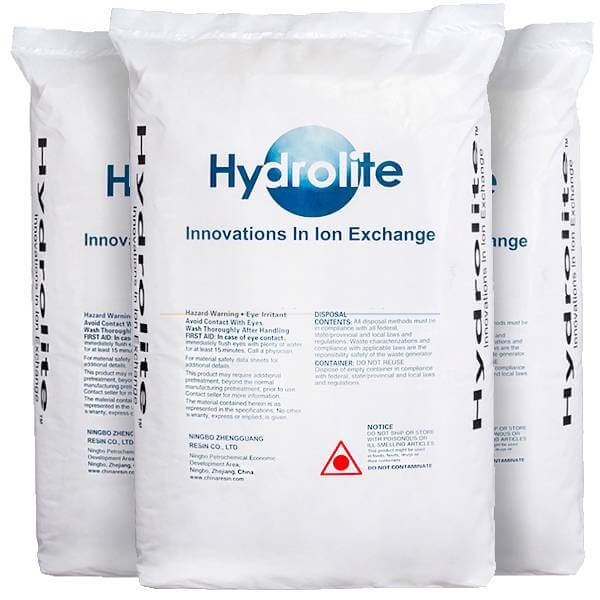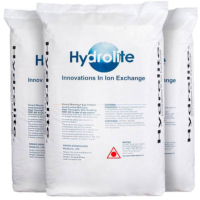|
ZGC258 Macroporous weakly acidic acrylic acid-based cation exchange resin
|
|||||||||||||||||||||||||||||||||||||||||||||||||||||||||||||||||||||
| PRODUCT DESCRIPTION ZGC258
ZGC258 is a macroporous, weakly acidic cation exchange resin based on acrylic containing carboxyl groups. It can be used for softening, dehydration, demineralization, and chemical treatment. It is ideal for softening water with high total dissolved solids (TDS) and special applications such as the purification of aqueous organic solutions and the selective removal of heavy metal ions. It can also be used for the separation and purification of biochemical and pharmaceutical substances. ZGC258 has a high working capacity for divalent cations and extremely high regeneration efficiency. This resin is available in hydrogen (H) or sodium (Na) form for specialized applications. The ZGC258 series includes three products: ZGC258 for general use; ZGC258FC for dual-layer and floating-bed systems; and ZGC258SC for dual-layer systems. ZGC258DQ is deeply processed for use in water. FEATURES AND ADVANTAGES Provide very high regeneration efficiency and high working capacity. ● FINE PARTICLE SIZE, LOW HYDRAULIC RESISTANCE 95% of the pellets are within the specified size range, resulting in lower pressure drop. ● HIGH CHEMICAL AND PHYSICAL STABILITY 93% sphericity, combined with low swelling, macroporous structure, high tensile strength and uniform particle size, provide increased resistance to mechanical, thermal or osmotic stress.
PHYSICAL AND CHEMICAL PROPERTIES
RANGE OF SCREEN SIZE
RECOMMENDED OPERATING CONDITIONS
APPLICATION ZGC258 in hydrogen form can be used to remove divalent cations associated with alkalinity in multi-layer demineralization systems. The weak acid resin can be economically regenerated using spent acid from the secondary cation unit. ZGC258 is used for the isolation of certain antibiotics from the fermentation media in which they are produced, as well as for their final purification. It can also be used for the purification of amino acids and various biochemical compounds.
|


 Deutsch
Deutsch Español
Español polski
polski Français
Français Italiano
Italiano Русский
Русский Čeština
Čeština Nederlands
Nederlands Suomi
Suomi Magyar
Magyar Português
Português Română
Română Svenska
Svenska
